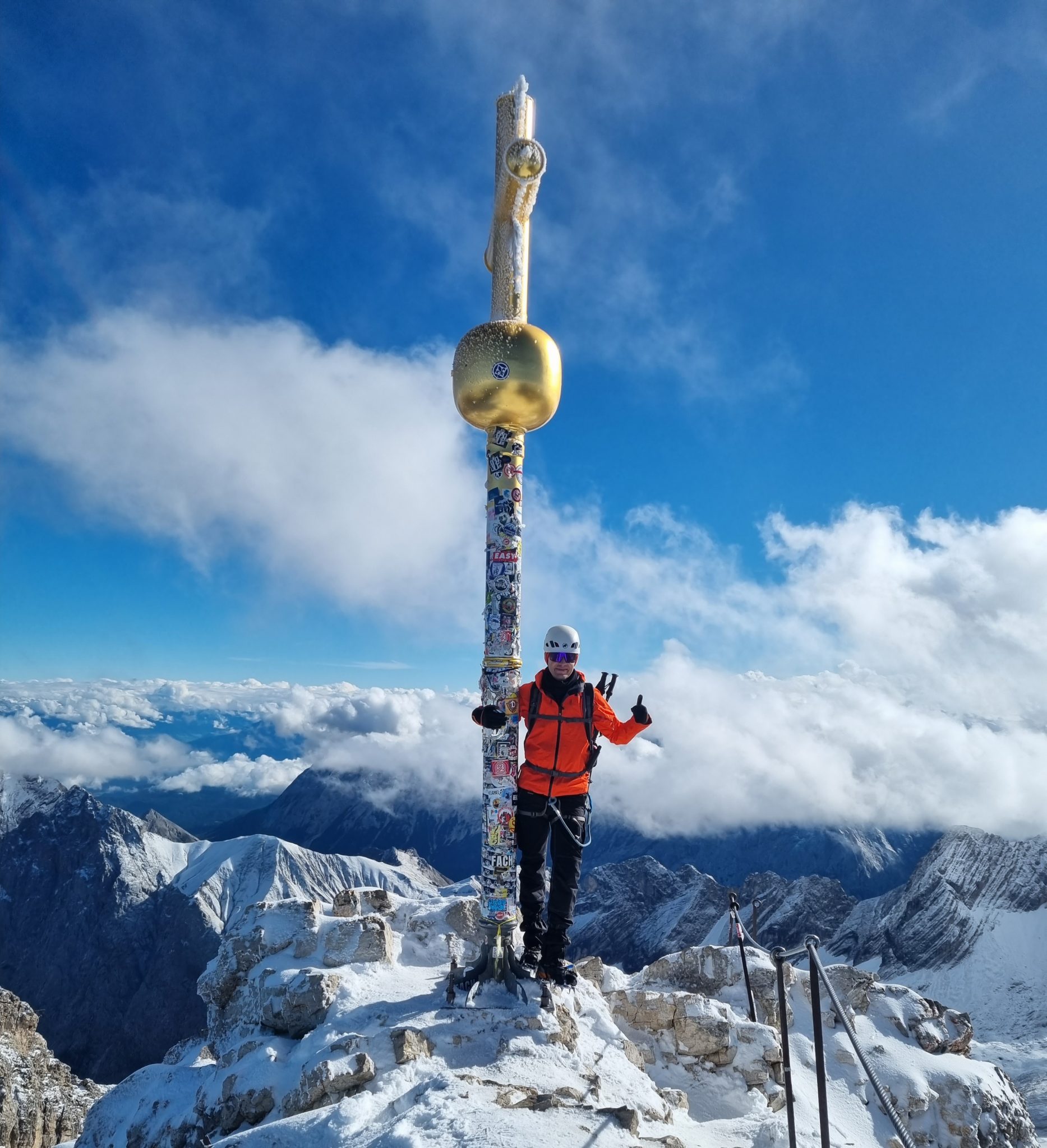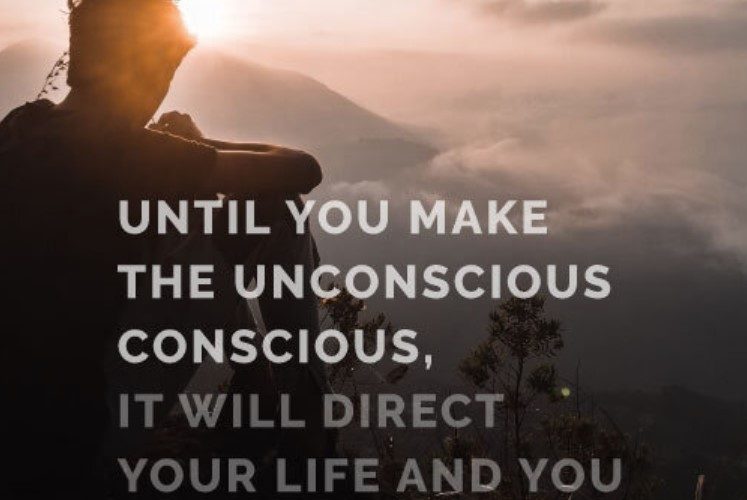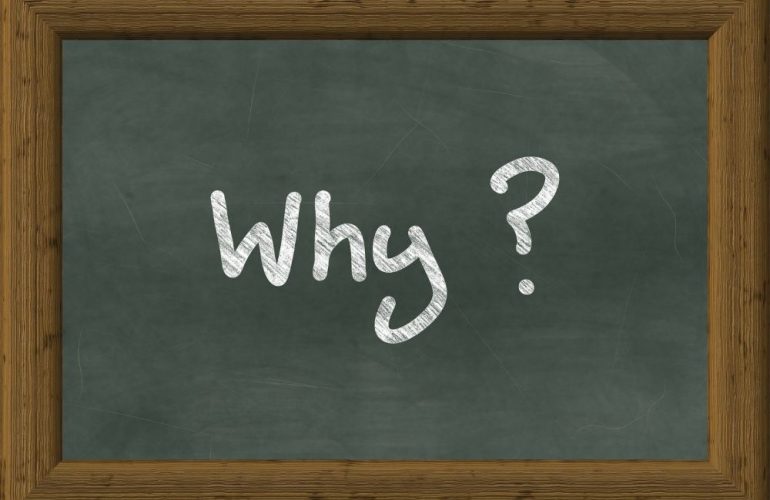Relaxation Technique: “What if you could control time?”
What a crazy idea, huh? Time is fixed, and it’s measured in hours, minutes, and seconds, and you can’t control it!
This is something that rational people would say, don’t you think?
As you’re already used to it, you could see everything differently. As an NLP trainer, I don’t offer solutions, I give you options.
Before I go on how to control time, just think about how you feel when you do something you love. Do you feel the passage of time? In such moments, does not time pass very very quickly?
In opposition, how is it when you’re waiting to buy something at the store, and everyone seems to have a basket full of stuff? How does it feel to have five people in front of you? How is time at that moment?
Or, another example: you’re in your car, you want to go to the toilet and still have about 10 kilometers to drive. How does time pass, then?
Time is the same in both situations. Hours, minutes, seconds. The only different thing is the way we perceive it.
But what’s that got to do with controlling time?
Let me tell you. A few days ago, I hiked the Zugspitze, the highest mountain in Germany, as part of a project have. It wasn’t my first time, and I knew it would take the whole day. We left Munich at 6:30, arrived at the parking lot at the base of the mountain at 8, and started. After about 10-12 hours of climbing up and down over 2000 meters difference in level, we arrived back at the parking lot, and by 9-10 in the evening, we were home.
I had a bite to eat, took a shower, and around 12, I went to sleep. That was after I set the alarm for 6 o’clock as I had to be at work by 7.
Were 6 hours of sleep enough for me after such a packed day?
Well, yes, because some NLP methods allow you to influence the perception of time. One relaxation technique is this one:
Before I fell asleep, I started breathing consciously slowly, focusing first on the room I was in. Relaxation began to take over, and after two minutes, I started to focus on the bed I was lying on. Breathing was also slow, and after another two minutes, I began to focus on how my body was touching the bed and the blanket. I felt more and more relaxed, and after another two minutes, I moved my attention to my chest area, heart, and lungs, and in the end, I was paying attention only to my breathing.
It took between 5 and 10 minutes, enough time to get into a relaxed state.
But how did I control the time to wake up refreshed and revigorated the next day?
Before falling asleep, I imagined the remaining six hours of sleep in front of me as a line. I closed my eyes, and for a moment, the six hours turned into a large white stripe about 4-5 meters long in front of me. I felt discomfort when I looked at it, knowing how little sleep I had left.
After the image stabilized, all I did was enlarge the line and double it until I brought it to the size my body felt comfortable.
How much larger did I make it?
I expanded its length until peace and calm settled in my body, and I achieved a state of harmony. To be more specific, I was comfortable seeing in front of my eyes a line around 12 meters long.
After this process, I fell asleep almost naturally, and the next day, at 6 in the morning, I woke up with a rested mind, ready to start a new day.
Was my body still tired? Yes, it still was. But my mental energy was similar, as I would have slept more than 12 hours.
Did I work till 5 p.m. the next day?
Yes, because the energy was there.
Feel free to use the relaxation technique when you want to fall asleep fast and start changing the perception of time to turn it to your advantage.
Please don’t take my word for it. Test this relaxation technique and the NLP method if you want more energy in the morning or a much deeper and resting sleep.
Try it and leave me a comment with your experience.
See you soon.
Did this article provide a solution or a new perspective? Please consider making a donation! Your support ensures that you will find valuable content whenever you return.
Thank you for your generosity!




